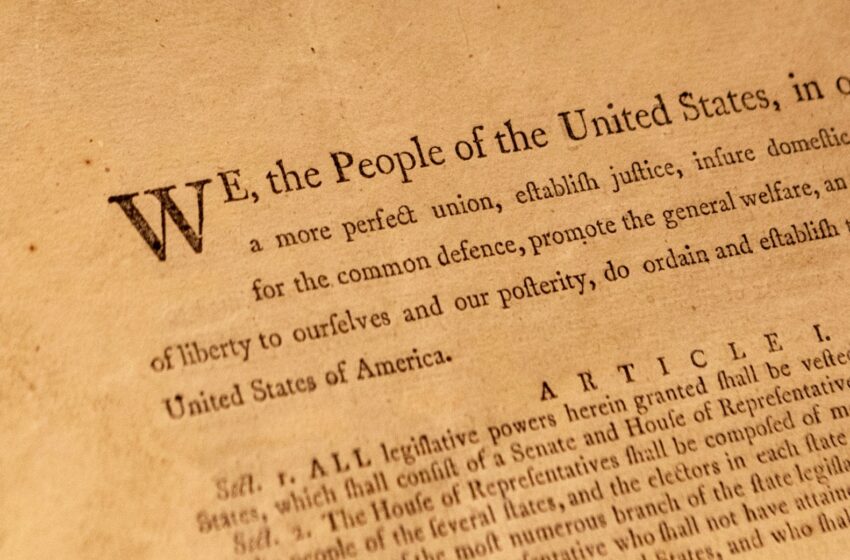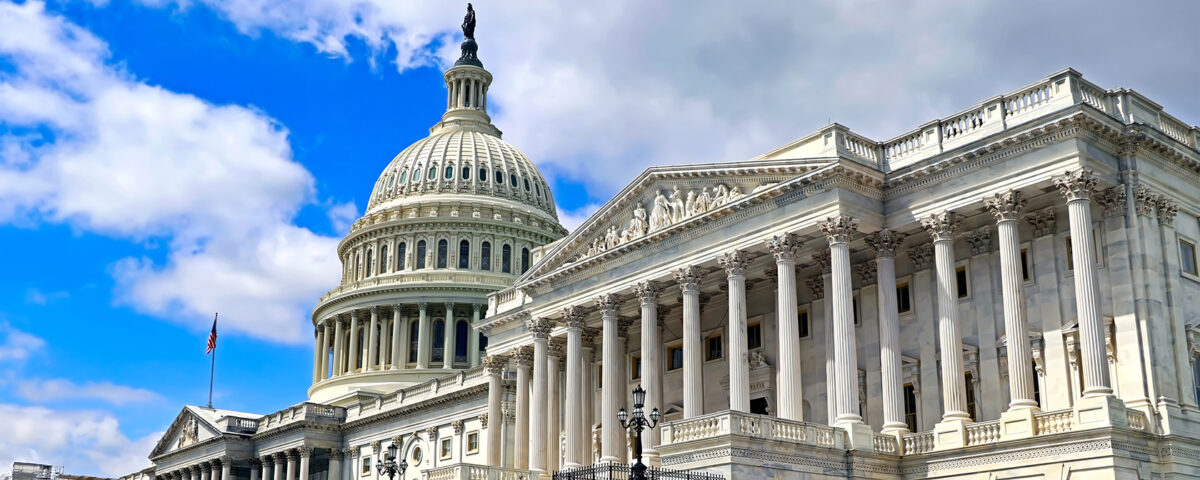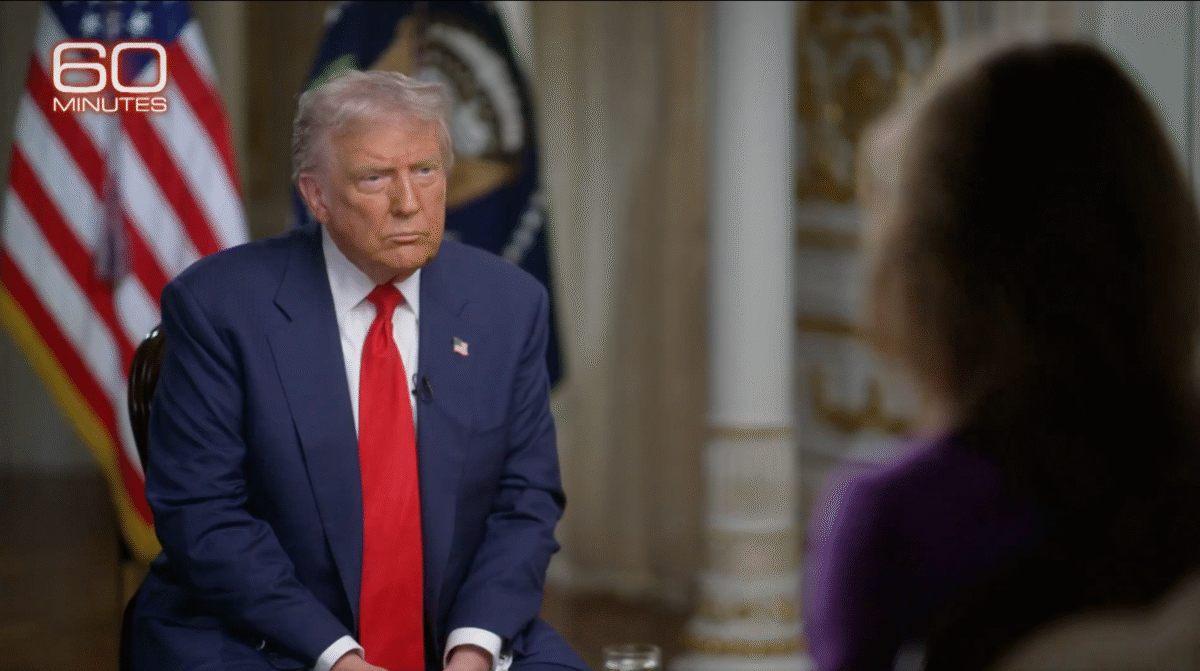Habeas Corpus: How Trump’s least favourite part of the Constitution got deleted

Credit: Alexi Rosenfeld/Getty Images
A surprising discovery this week has triggered widespread concern among constitutional scholars and civil liberties advocates: key sections of the U.S. Constitution, specifically those related to Congress’s powers and limitations, briefly vanished from the official Congress website. Most notably missing? The clause on habeas corpus, a foundational legal safeguard that President Donald Trump has publicly criticized in the past.
The glitch, blamed on a technical migration error, wiped out Article I, Section 9, which outlines several critical limitations on Congress, including the government’s inability to suspend habeas corpus except in extreme cases like rebellion or invasion.
What Exactly Went Missing from the Constitution?
The now-restored section included language that prohibits the government from holding individuals indefinitely without cause, a cornerstone of American legal tradition that protects citizens from unlawful detention.
Visitors to Congress.gov earlier this week noticed that Article I ended abruptly after Section 8, skipping the pivotal Section 9 altogether. This meant that anyone looking up the U.S. Constitution on the site would not find references to habeas corpus, bans on bills of attainder, or ex post facto laws, all fundamental protections against authoritarian rule.
While the Architect of the Capitol’s office chalked up the error to a “coding issue” during a recent website update, the omission quickly went viral, prompting outrage and suspicion, especially in light of the current political climate.
Why Habeas Corpus Matters
Habeas corpus, Latin for “you shall have the body,” ensures that anyone arrested or detained by the government can challenge the legality of their detention before a court. It is not just a legal formality, it’s a pillar of civil liberty. The fact that this particular clause vanished sparked fear among critics of government overreach.
Adding fuel to the fire is the fact that Donald Trump has publicly expressed disdain for habeas corpus. In a 2017 speech, Trump criticized the legal protections afforded to terrorism suspects, saying they should be denied habeas corpus rights. This historical tension has led many to view the glitch as more than just a technical accident.
READ ALSO
Fort Stewart shooting: What happened, who is suspect Quornelius Radford?
Fort Stewart: The Army base that runs like its own Country
White House Denies Involvement, But Questions Remain
The White House and officials at Congress.gov have firmly denied any deliberate interference, calling the incident a non-malicious backend publishing error. According to Axios, a faulty XML file used during a recent update caused certain sections to fail to load correctly, affecting how the Constitution was displayed online.
Still, critics argue that the deletion of the Constitution’s most anti-authoritarian clauses, even temporarily, is emblematic of deeper issues, including what some see as a growing normalization of executive overreach.
The Internet Fixed It, But the Internet Is Watching
The missing clauses were restored within 24 hours, thanks in part to watchdog users and media reporting. But the incident served as a stress test for institutional transparency. It also raises broader questions about how legal documents are managed in the digital realm, and what mechanisms exist to prevent silent edits or deletions from slipping past unnoticed.




